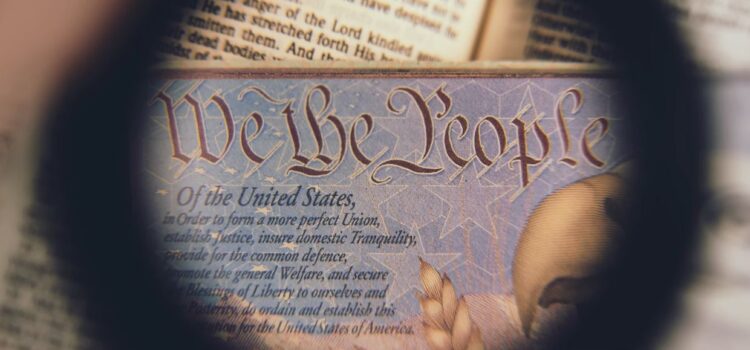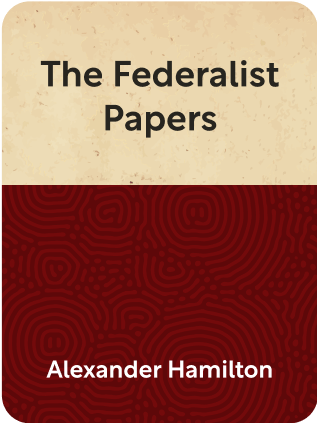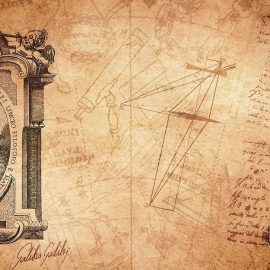

This article is an excerpt from the Shortform summary of "The Federalist Papers" by Alexander Hamilton. Shortform has the world's best summaries of books you should be reading.
Like this article? Sign up for a free trial here .
What is Federalist Paper 1 about? How does Federalist 1 set up the discussion and tone for the rest of The Federalist Papers?
Federalist 1 starts the process of advocating for the adoption of the new U.S. Constitution. The general reason for this, which is articulated in Federalist Paper 1, is the need for the Union.
Read on to find out what is discussed in Federalist 1.
Federalist 1 Through 14 Make the Case for the Union
The adoption of the proposed Constitution was necessary for the preservation of the Union and the safeguarding of the liberties won during the Revolutionary War. Federalist Paper 1 discussed the need to ratify the new constitution. Indeed, the successful ratification of the Constitution was a great moral and philosophical test for the young nation. Crucial questions hung in the balance. Were human beings capable of designing a government that properly protected liberties and promoted national welfare? Or were they destined to devolve into despotism and disunion?
While the opponents of the Constitution may have been motivated by genuine conviction, they were wrong to fear that the strong central government it sought to establish would, by definition, infringe upon their liberties. Instead, historical experience had shown that it was the lack of a strong government that posed the greatest threat to human freedom.
In this section, we will explore why the preservation of the Union was so important—and why the Constitution was the best way to maintain it as discussed in Federalist 1 through 14.
The Necessity of the Union
The prosperity and freedom of the American people depended upon the continuance of the Union. Surprisingly, however, many politicians were questioning the usefulness of political unity in the years after independence. But this skepticism flew in the face of the American historical experience.
The country had always been linked by a generally shared political and cultural connection to a common British heritage, similar political institutions between the colonies, and a high degree of economic interdependence (aided by North America’s navigable rivers, which boosted commerce). Moreover, it was only through military and political cooperation that the colonies had been able to win the war and free themselves from the oppression of the British crown.
In short, the Union had been the truest safeguard of American liberties in the past; it would continue to be so in the future. That’s what Federalist 1 encouraged. The only alternative to the Union was political dissolution into rival confederacies of states, which would represent the death of the young nation and the failure of the republican experiment.
Unfortunately, the Articles of Confederation, the plan of government in place at the time of the ratification debate, had proven utterly disastrous for the Union. The Articles of Confederation created a highly decentralized structure and weak central government that rendered the nation powerless to act in the face of both internal and external threats. Unless they were scrapped entirely, the Union threatened to break apart. Federalist 1 warned of this.
If the Union dissolved, it would be replaced by petty, rival confederacies, each vying against one another for the vast resources of the North American continent. Inevitably, this would lead to a state of permanent warfare—which, in turn, would lead to the creation of permanent standing armies in each state, something that Americans feared would be destructive of the liberties they held so dear. Dissolution, in short, would represent the death of the young nation and the failure of the republican experiment. To forestall this possibility, the only option was to ratify the Constitution and create a stronger, more durable Union. The need for the Union was a key message from Federalist 1 through 14.

———End of Preview———
Like what you just read? Read the rest of the world's best summary of Alexander Hamilton's "The Federalist Papers" at Shortform .
Here's what you'll find in our full The Federalist Papers summary :
- The genius of the founding fathers in how they designed the United States Constitution
- Why it was critical for the United States to form a union rather than stay separated as colonies
- How Alexander Hamilton anticipated social issues that are still relevant today






